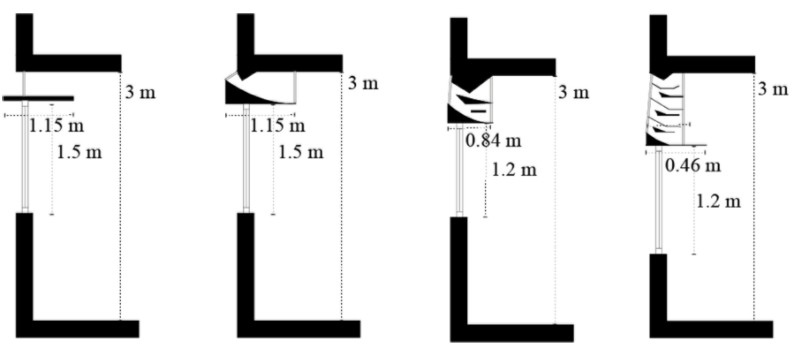
Light shelves have been discussed in numerous studies as suitable solutions for controlling daylight in side-lit spaces. It is a system that can be easily modified, offering a range of design solutions. It can be easily mounted on the exterior and/or the interior of a vertical opening, it can come in various shapes from static flat forms to curved reflective surfaces, or it can even be actively controlled. A light shelf can offer shading and at the same time can redirect a significant part of
the incoming light flux towards the ceiling improving daylight uniformity. Due to the aforesaid functions, light shelves are among the most popular system design solutions when it comes to daylight exploitation. The purpose of this paper is twofold. Firstly, to present the main research findings in relation to light shelves as daylighting systems and secondly to analyze the results, trying to establish a common basis for some efficient and practical design rules. The present paper is a review of the research realized in the last three decades concerning these systems together with their associated implications in a building’s daylight performance as well as in its energy balance in a few cases. In addition, the critical review of their design principles is included, which makes the
presented information useful for design teams trying to select the optimal available system for any specific project.
